In a draft proposal published on Monday, the Unicode Consortium revealed a range of emoji skin tone modifiers it plans to roll out as an update to the current standard, finally bringing a dose of ethnic diversity to the ubiquitous pictographs.
As part of the latest Unicode report covering the emoji standard, a new section appropriately called "Diversity" discusses implementation of six user-selectable skin tones, introducing for the first time an option to modify characters to represent different ethnicities. The added feature addresses years of user requests for emoji diversity.
People all over the world want to have emoji that reflect more human diversity, especially for skin tone. The Unicode emoji characters for people and body parts are meant to be generic, yet following the precedents set by the original Japanese carrier images, they are often shown with a light skin tone instead of a more generic (inhuman) appearance, such as a yellow/orange color or a silhouette.
Instead of picking its own tints, Unicode proposes employing six shades from the Fitzpatrick scale, a widely recognized dermatologic standard developed to study skin tone. The initial color variations, ranging from light pink to dark brown, may change when Unicode 8.0 launches next year.
As far as implementation, users will be able to apply skin colors to a select group of characters as a font modifier, keeping the already expansive set of icons somewhat manageable. The default method displays a selected character, a color swatch and the combined result. Alternatively, a shorthand version simply displays the character and swatch glyph to be applied.
In yet another example more conducive for use with small-screened devices like smartphones, a long press on a desired emoji may bring up a preview palette showing a selected character in multiple skin tones.
Apple in March said that it was working with the Unicode Consortium to update the emoji standard with an ethnically diverse set of characters. The Cupertino, Calif., company most recently changed its emoji keyboard to include same-sex couples and families in iOS 6.
 Mikey Campbell
Mikey Campbell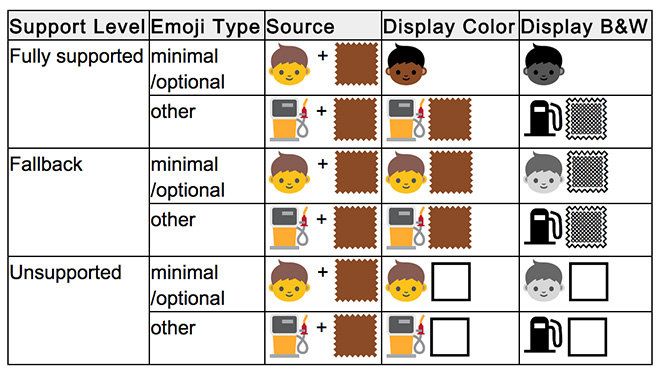

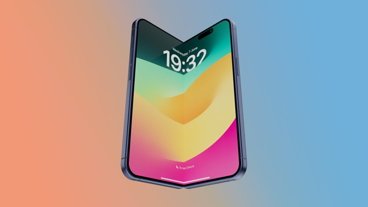
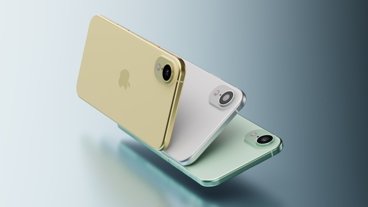
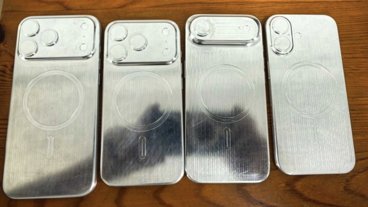
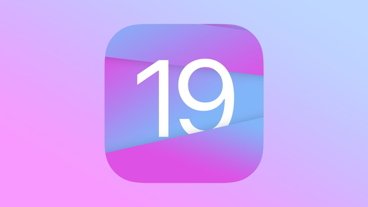


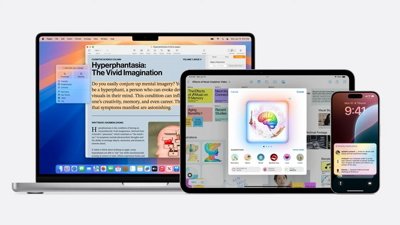
 Malcolm Owen
Malcolm Owen
 Andrew O'Hara
Andrew O'Hara
 Christine McKee
Christine McKee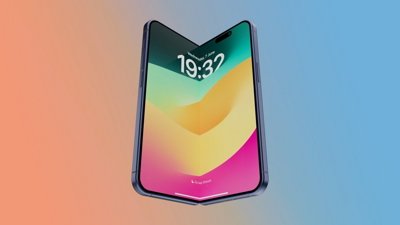

 Amber Neely
Amber Neely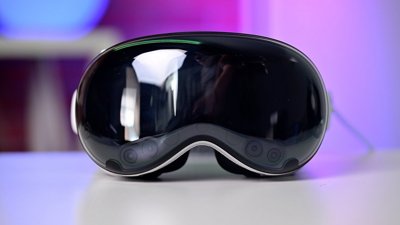
 Andrew Orr
Andrew Orr
 William Gallagher
William Gallagher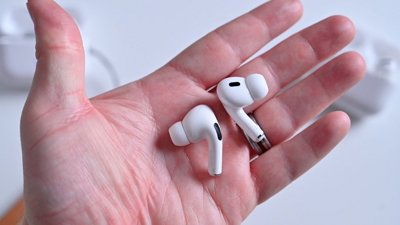
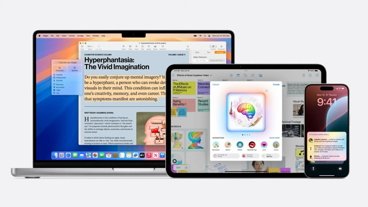
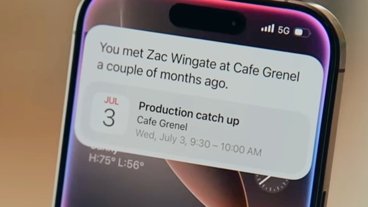



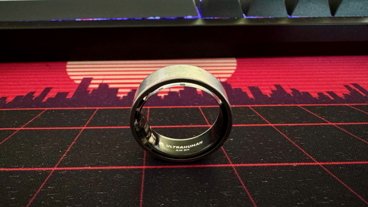



65 Comments
For the love of humanity, who cares? Yellow people don’t exist in reality; emoji are a representation of humanity as a whole already.
Maybe we should have multiple different emoji for each emotion, too, because “sometimes smiling doesn’t mean you’re happy”... Psychotic.
Oh, and maybe the gas pump should have options for kerosene, E85, and just an electric plug¡
Nothing more boring and reactionary than political correctness! Enough of this nonsense already.
Getting silly! They don't have human coloured faces anyway!!????????????????????????????????????
I thought the use of yellow people was intentionally racially ambiguous. This seems to be creating and solving a problem that doesn't exist.
[quote name="AppleInsider" url="/t/183250/unicode-consortium-looks-to-bring-ethnic-diversity-to-emoji-by-mid-2015#post_2634480"]As far as implementation, users will be able to apply skin colors to a select group of characters as a font modifier, keeping the already expansive set of icons somewhat manageable.[/quote] This is a pretty smart way to do it as it means no new icons are needed, just a font option like a font color that would already exist.